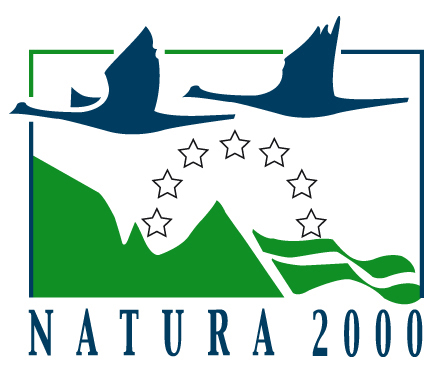The Special Areas of Conservation (SACs) are established according to the EU Habitats Directive.
The choice of sites is based on scientific criteria specified in the directive, to ensure that the natural habitat types listed in the directive’s Annex I and the habitats of the species listed in its Annex II are maintained or, where appropriate, restored to a favourable conservation status in their natural range.
- Member States first carry out comprehensive assessments of each of the habitat types and species present on their territory.
- They then submit lists of proposed Sites of Community Importance (pSCIs). Site specific data are transmitted to the Commission using Standard Data Forms and must include information such as the size and location of the site as well as the types of species and/or habitat found on this site and warranting its selection.
- Based on the proposals provided by the Member States, scientific seminars are convened for each biogeographical region.
- Once the lists of Sites of Community Importance (SCIs) have been adopted, Member States must designate them as Special Areas of Conservation (SACs), as soon as possible and within six years at most. They should give priority to those sites that are most threatened and/or most important for conservation.
The Commission updates the Union SCI Lists every year to ensure that any new sites proposed by Member States have a legal status.



